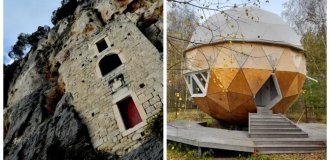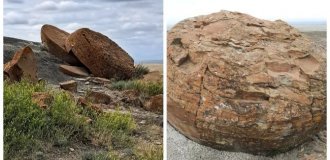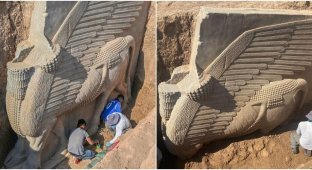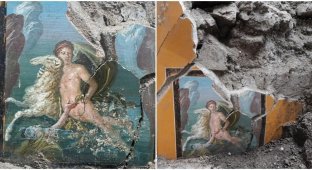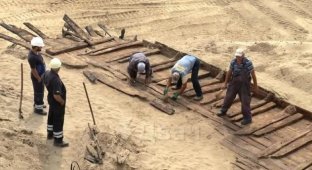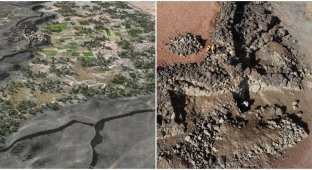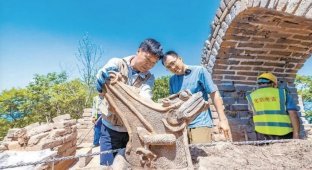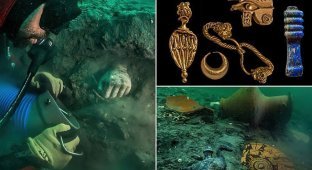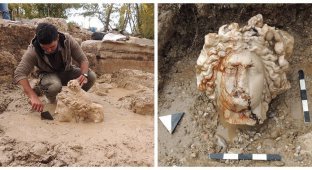They hid the deity in the sewer: the messenger of the Olympians was found in Bulgaria (5 photos + 1 video)
The ancient city of Heraclea Sintica, founded by Philip II of Macedon on the territory of modern Bulgaria, was discovered only in 2002, so it continues to amaze archaeologists with its findings. While exploring an ancient sewer, scientists discovered a statue of a deity dating back to the 5th century AD. e. 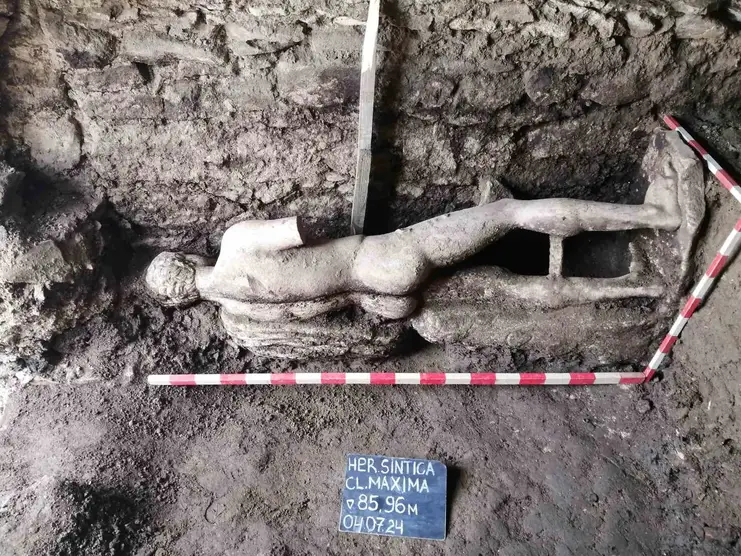
Recent archaeological excavations have uncovered a remarkably well-preserved statue in the ancient city of Heraclea Sintika in southwestern Bulgaria. The discovery was made by a team of archaeologists led by Lyudmila Vagalinskaya from the National Archaeological Museum, writes Heritage Daily. 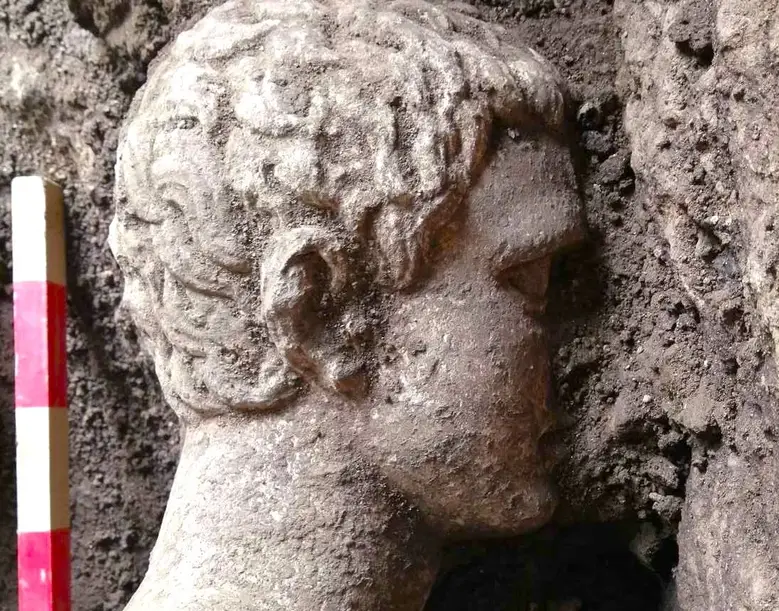
Heraclea Sintica was founded by Philip II of Macedon between 356 and 339 BC. The city flourished until a catastrophic earthquake in 425 AD. did not cause significant destruction, leading to the decline and final abandonment of the city around 500 AD. 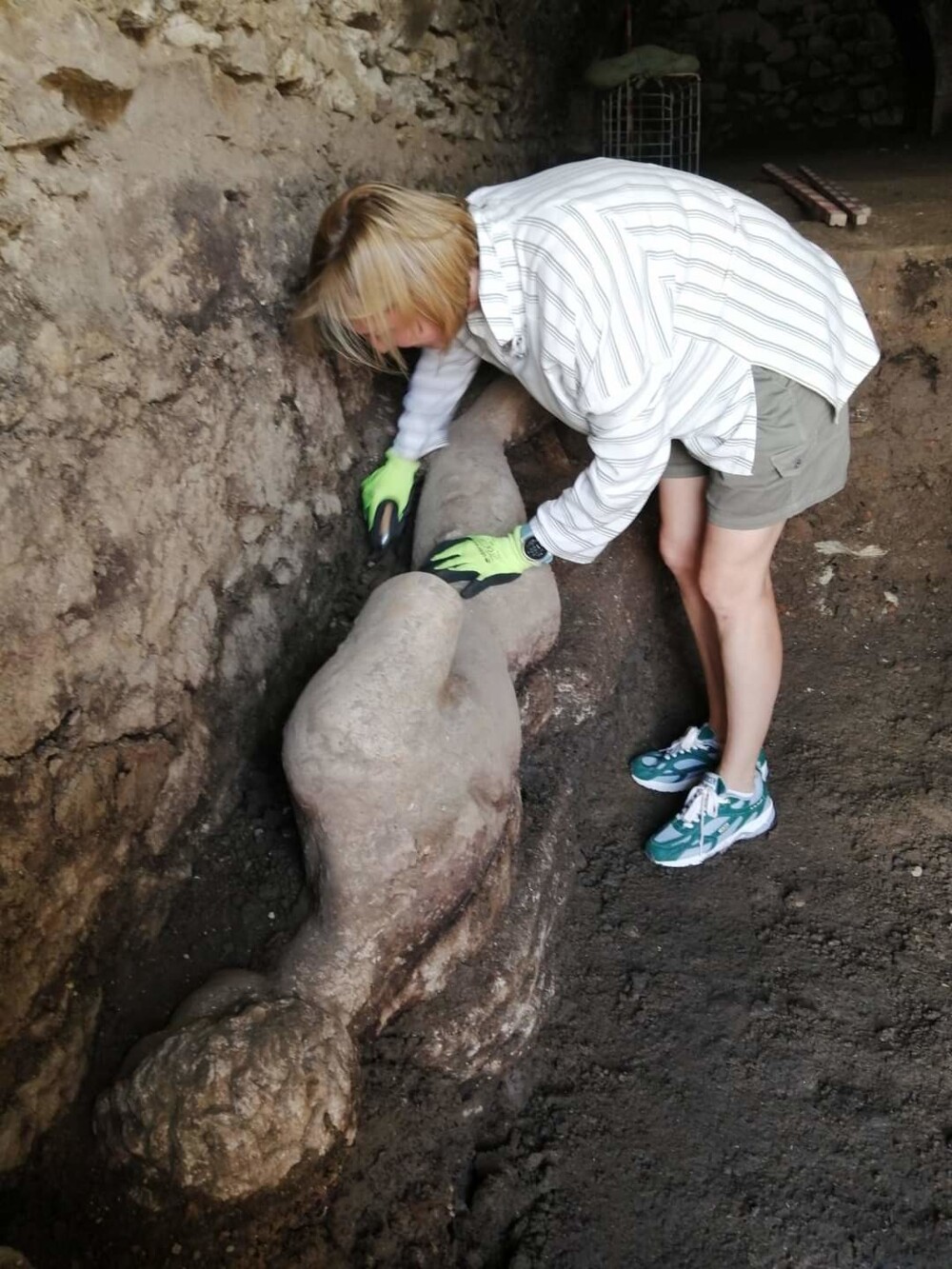
The statue was discovered during excavations in the Cloaca Maxima, a Roman city sewer system. The marble sculpture, more than two meters high, is believed to depict Hermes, the messenger of the gods in Greek mythology. Known for his speed and ability to move freely between the mortal and divine worlds, Hermes is an important figure in ancient Greek religion.
Professor Vagalinskaya and her team suggest that the statue was hidden in the sewer around the time of the great earthquake. This could have been an attempt to preserve the sculpture amid the chaos, or it could have symbolized the abandonment of pagan beliefs as Christianity became the dominant religion at the time. By the fifth century, Christianity had become the official religion of the Roman Empire, and such acts of concealment or desecration were not uncommon as religious practices developed. 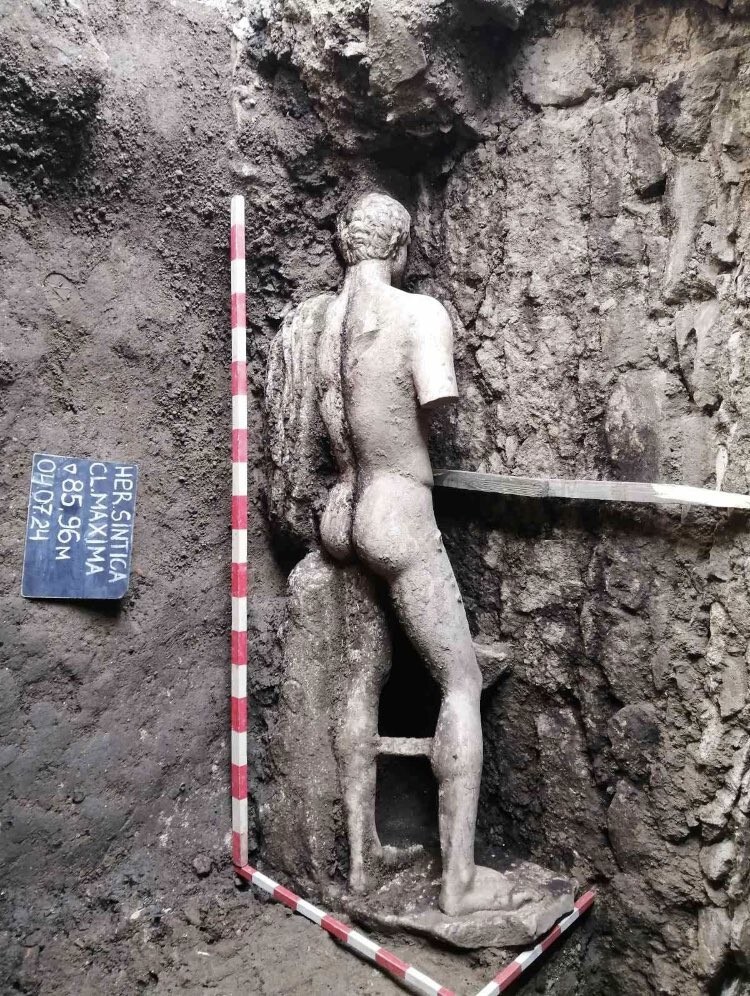
The identification of the ruins as Heraclea Sintica was confirmed in 2002 after the discovery of a Latin inscription documenting correspondence between Emperor Galerius and Caesar Maximin II. Since then, excavations have continued to uncover important artifacts that shed light on the history and culture of this ancient city. 
This discovery not only demonstrates the great skill of ancient sculptors, but also provides valuable information about the cultural and religious dynamics of the time. The researchers noted the importance of the statue, noting that it is perhaps the best preserved artifact of its kind ever found in Bulgaria, allowing scientists to study its features in detail.

